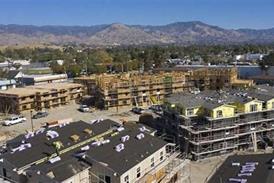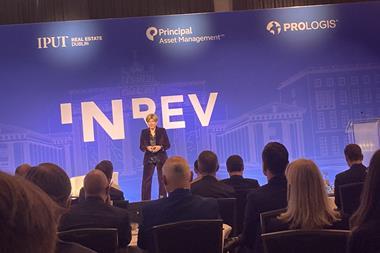Sovereign wealth funds (SWFs) and central banks are boosting their allocations to real estate ahead of private equity and infrastructure, according to research by Invesco.
The fourth annual Global Sovereign Asset Management Study shows that SWFs are favouring property as they seek to increase their alternatives exposure.
The finding is contrast to the results of the previous two surveys which suggested that state investors were focusing on increasing their allocations to private equity and infrastructure.
The report, which covers the investment behaviour of SWFs and central banks, said that while allocations to infrastructure and private equity had increased over the past three years, total allocations remained low, with infrastructure making up 2.8% of total portfolios on average, and private equity comprising 4.5%.
Attitudes had changed in 2016, Invesco said; for the first time, fewer sovereign investors expected to increase allocations to these asset classes.
“Conversely, allocations to real estate have risen from 3.0% in 2012 to 6.5% currently — a 29% compound annual growth rate over a three-year period — growing faster than private equity and infrastructure allocations combined,” Invesco said.
“Sovereign investors are now expected to increase global and local allocations into real estate more than any other asset class in order to meet diversification and absolute return objectives.”
The investors attributed this mainly to the fact real estate investments carried fewer execution challenges than private equity and infrastructure, where sovereign funds have encountered difficulties in deploying their assets, Invesco said.
Respondents to the survey also cited a greater number of credible global asset managers, and a long list of developers and operators, to partner with in real estate investments, it said.
“As a result, more than 62% of sovereign investors are underweight infrastructure and 52% underweight private equity, relative to their target allocations.”
The survey also suggested that sovereign investor confidence remained stable despite a challenging market environment, and that new capital was flowing away from Brazil, Russia and China towards the US and frontier markets.
A separate study by Mercer showed that European institutional investors had increased their allocations to alternative assets on average over the past year.
The company said its 2016 European Asset Allocation Survey revealed that pension schemes were trying to manage volatility, particularly in more mature markets, and that this was evidenced by average equity allocations across the region having shrunk since the 2015 survey, as well as a corresponding increase in allocations to alternatives.
Within alternatives, real asset allocations are still dominated by real estate, Mercer said, and strategic allocations to domestic property stood at 7% on average with 6% to non-domestic real estate.
Mercer, which took data from close to 1,100 institutional investors in 14 European countries, representing €930bn of assets, said the overall increase in real estate exposure had been driven by increasing allocation to overseas investment.
Some 17% of investors had exposure to non-domestic real estate in the latest survey compared with 8% the year before.















No comments yet